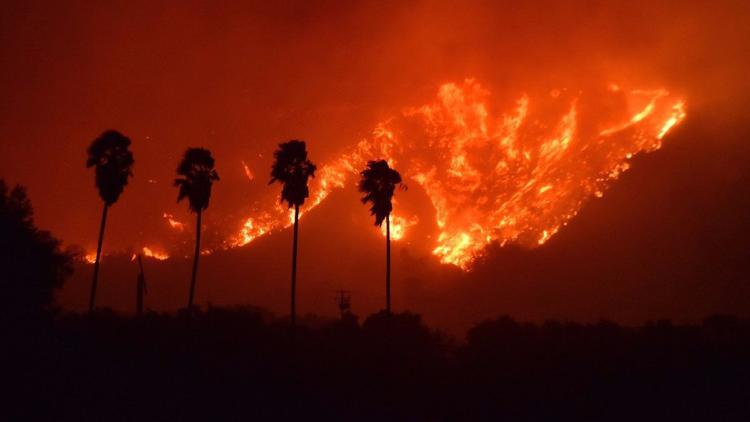5 Energy Stories That Made Headlines in 2017
2017 was an interesting year
for the energy world. We saw WTI shoot from $50 to over $60 a barrel and Brent
hit $65, much to OPEC’s delight. But, 2017 bore witness to more than just oil
price fluctuations – here are the most popular stories from 2017.
The Oil War Is Definitely Not Over Yet
When OPEC and Russia
announced their pact to cut oil production, it made headlines all over the
world. However, after the initial glory and accompanying price spike, doubters
began to emerge wondering whether some members of the pact might cheat. This
was soon overshadowed by a much bigger concern – U.S. shale gas production was
on the rise and rising rapidly. Although OPEC publicly
denounced the hype around shale production, by the end of the year it was
obvious that it was going to threaten the success of the production agreement.
The USA’s Next Big Shale Play
The Permian held the
spotlight for the majority of 2017 but in June, drilling productivity reported
by the EIA showed that the Powder River Basin may well knock the Permian off
the top spot. Given that shale was a huge focus of 2017, anything that
concerned it was top news. By the end of 2017 the Bakken was lagging way behind
the Permian in terms of production growth despite forecasts by the EIA that it
would become the largest tight oil and gas source in the United States.
Oil Prices Could be Affected by Continuing Arab Gulf
Tension
The first half of 2017 was
markedly quiet in terms of geopolitics. However, this all ended in June when
the Qatar blockade occurred. This happened because some of Qatar’s neighbours
decided that the nation was too cosy with Iran and that it had funded
terrorism. Qatar stood its ground and refused to bend to Saudi Arabia and its
cronies and so the blockade continues. Fortunately, no further demands have
been made by the hostile countries and the emirate has managed to evade the
restrictions.
For many, the blockade was
an attempt by Saudi Arabia to ignite another regional conflict in order to
reassert its dominance. If that theory is true then the attempt was a failure.
Nevertheless, the price of oil went up consistently.
China Has More Control Over Oil Prices Than OPEC
The price of oil was going
up, but OPEC wanted it to rise faster. Meanwhile China became the number one
consumer of crude oil and broke records in how much it imported. Analysts
suggest that a lot of this oil was being pumped into the country’s underground
oil reserves. China doesn’t publish figures for its oil reserves so those
interested need to estimate based on satellite images of oil tanks.
Oil Has Underlying Problems, Hidden By Shale
Not everything is as
rosy-coloured as the shale industry would like us to believe. Experts warn that
all of this positive coverage is hiding some underlying problems. First, it has
been noted that the production figures that put shale in the spotlight were
initial production rates, destined to decline quickly. Second, there are
reports that some of the wells are becoming too long, making it difficult for
pumps to extract enough oil. Finally, shareholders in shale companies have been
getting annoyed about the lack of profits from their investments.




Comments
Post a Comment